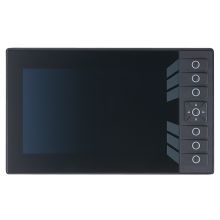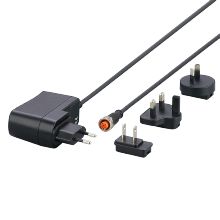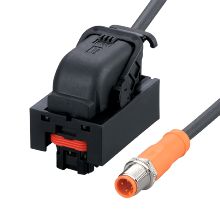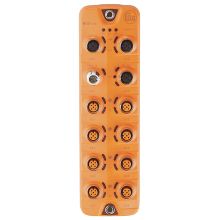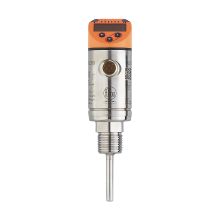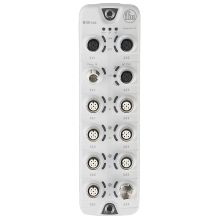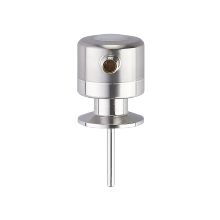Upgrade your machine for Industry 4.0
| Reduce the total cost of a machine: | Improve the user experience for the machine operator: | Gain remote access to your machines: | ||
|---|---|---|---|---|
|
|
|
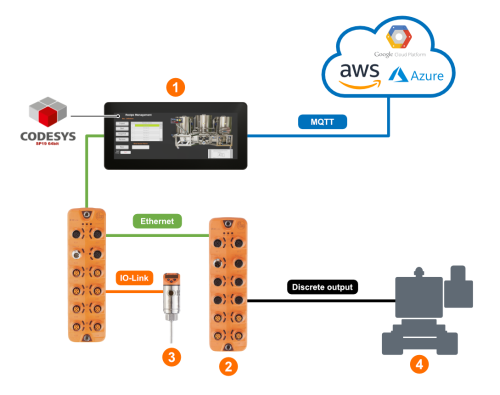
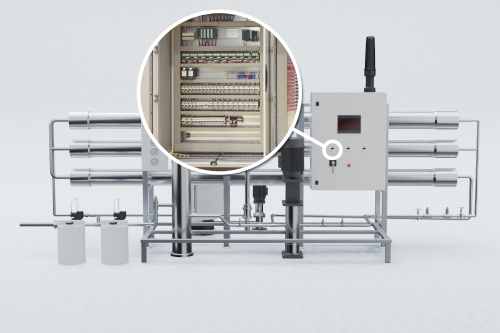
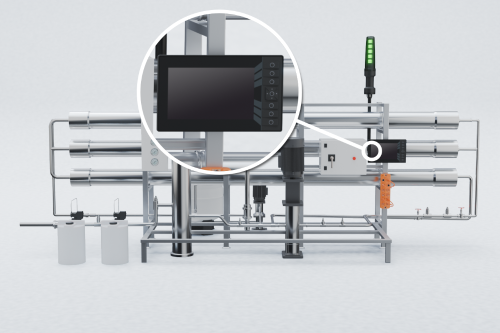
Traditional control panel with HMI + PLC + input cards
Field mountable HMI controller with integrated PLC functions and connection to field I/O
Development:
- Unnecessary software management: A two-piece system (PLC + HMI) requires separate software for each component.
- Software constraints: Restricted to one programming language (e.g., ladder logic)
- Proprietary software subscriptions: Expertise in proprietary software is also necessary.
- Analog-to-digital conversion errors: Potential data losses occur when the signal converts from analog to digital to integrate with software.
Development:
- Simple software management: An all-in-one (PLC + HMI) controller uses one free programming software
- Software flexibility: Supports multiple programming languages (e.g., ladder logic, structured text, sequential function chart (SFC), function block diagram (FBD), and control flow chart (CFC)).
- Additional software benefits: Includes built-in IIoT functionality and features like recipe management, trending, and data logging.
- Enhance process data quality: Digital communication eliminates analog-to-digital conversion errors and provides diagnostics.
Production:
- Labor and assembly challenges: Wiring harnesses, terminating wires, and IO cards can increase labor. Integrating third-party control panels can lead to longer assembly times.
- Unnecessary hardware management: A two-piece system (PLC + HMI) requires larger cabinets and excessive terminal wiring.
Production:
- Streamline labor and assembly: An all-in-one (PLC + HMI) IP67 rated controller that is field mountable eliminates the need for separate control cabinets and terminal wiring.
- Improve scalability: Reduced BOMs and M12 connection technology lead to faster build times.
Service:
- Troubleshooting challenges: Wiring harnesses, terminating wires, and IO cards increase troubleshooting times.
- Complex interface: Complicated display navigation requires training.
Service:
- Expedite installation and troubleshooting: M12 connection technology facilitates ease of assembly and allows for field IO connections.
- Improve operator experience: Create an intuitive experience with fully customizable high-resolution and touch screen displays. Eliminate human error with real-time feedback and alerts.
Financial:
- Increased lead times: Integrating third-party control panels can lead to higher costs and longer lead times.
- Reoccurring costs: Proprietary software subrscriptions and support.
- Hardware costs: Increased BOM leads to higher costs in components, labor, space requirements, maintenance, and support.
Financial:
- Reduce lead times: Reduced BOM and M12 technology improve efficiency to meet customer demands.
- Cost savings: No additional costs for software benefits.
- Labor savings: Eliminating terminal wiring leads to savings in material costs, labor-intenseive processes, and maintenance and troubleshooting costs.
 Typical PLC controller |
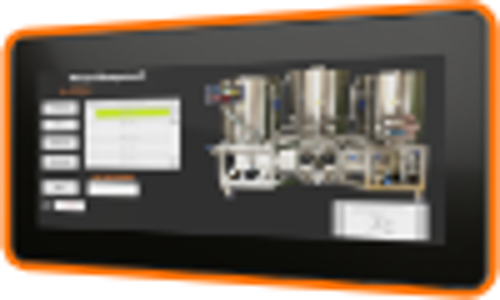 ifm HMI controller |
|
| Controller / PLC | ||
| Processor | Proprietary | ARM Quadcore, 64 bits, 1.2 GHz GPU |
| Memory | Typically 2 MB | 8 GB |
| Communication protocol | EtherNet/IP | EtherNet/IP, TCP/IP, Modbus TCP |
| Built-in ports | 2 Ethernet, 1 USB | 2 Ethernet, 2 USB |
| Support dual IP | no (additional cost) | yes |
| I/O | ||
| Mounting | Cabinet mount I/O | Field mount I/O |
| Type of I/O | Analog or binary I/O | IO-Link technology |
| Amount of data | 1 bit on/off or 16 bits analog | 32 bytes of inputs and outputs per port |
| Sensor diagnostics | no | yes |
| Remote parameters adjustment | no | yes |
| Automatic device replacement | no | yes - simple plug-and-play |
| Digital communication | no | yes - 100% pure digital signal |
| Maximum I/O | 8 input/output cards or 256 digital inputs/outputs | 30 IO-Link masters or 240 IO-Link sensors/devices |
| Installation | Traditional wiring harness, labor intensive, complex troubleshooting | M12 plug-and-play, not wiring harness, time saving |
| HMI display | ||
| Size and resolution | Not included, purchase additional HMI hardware separately | 12" x 5", 1280 x 480 resolution |
| Display type | N/A | Touch screen |
| Software | ||
| Programming software | Additional cost, license or subscription model | CODESYS (IEC 61131-3) |
| Recipe/batch management | Additional cost, license or subscription model | Supported, included with hardware |
| HMI software | Not included, purchase hardware and software separately | Supported, included with hardware |
| Trending | Not included, purchase software separately | yes |
| Alarming | Not included, purchase software separately | yes |
| Mechanical properties | ||
| Protection rating | Control cabinet required | IP 67 |
| Vibration | 5 g @ 10...500 Hz | 10 g @ 10...500 Hz |
| Shock, operating | 20 g | 30 g |
| Temperature | 0...60 ºC | -35...65 ºC |
